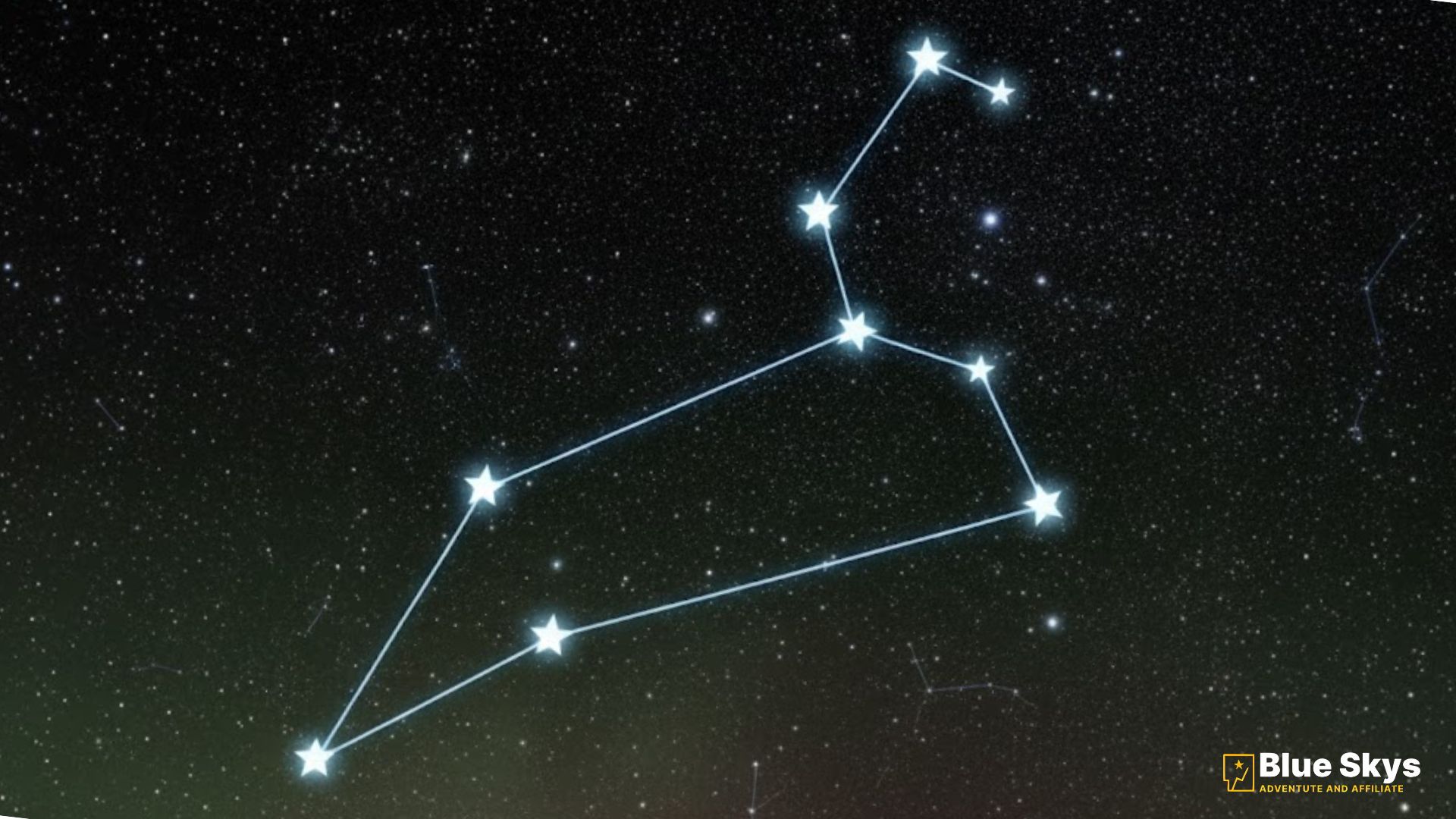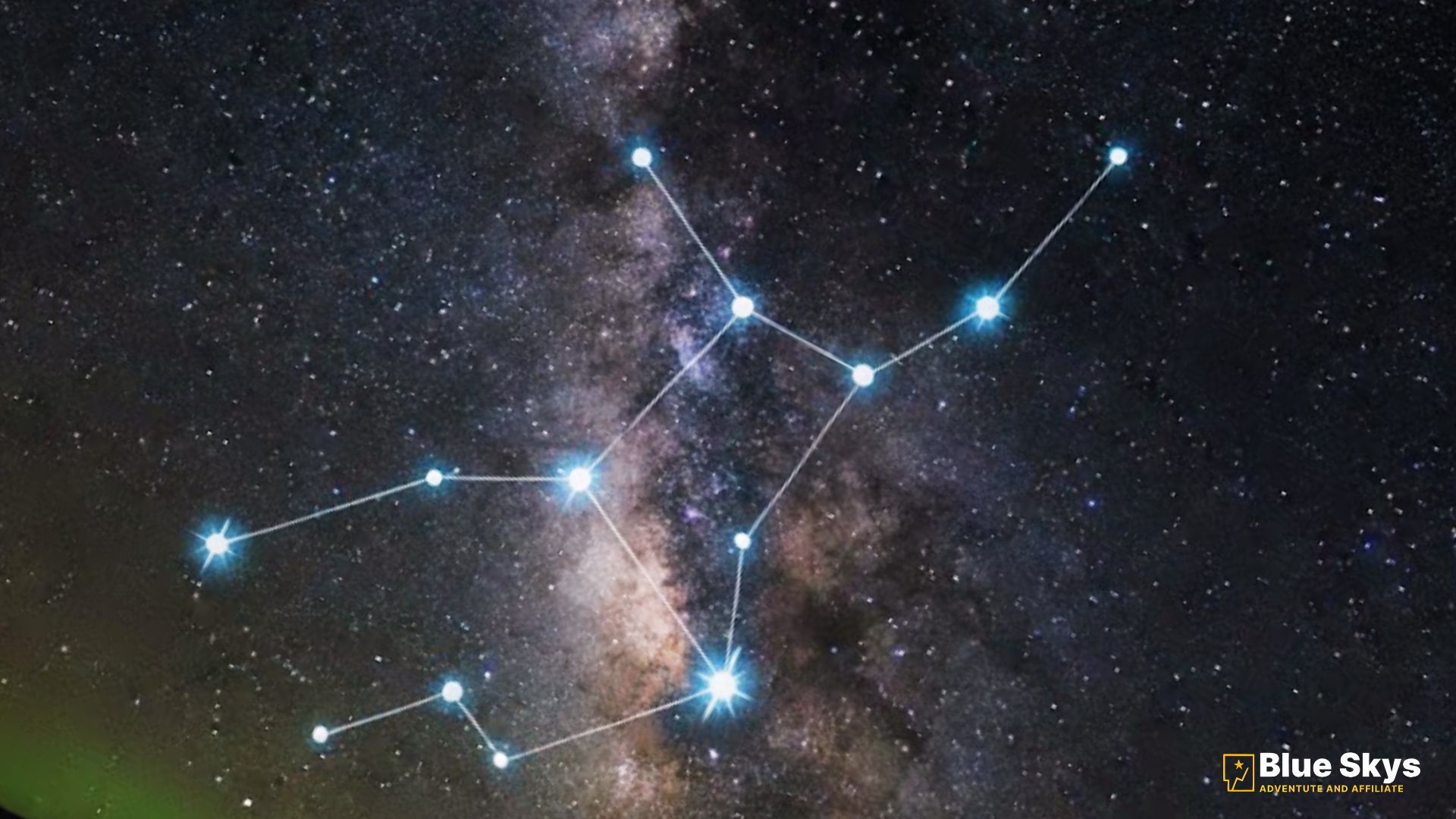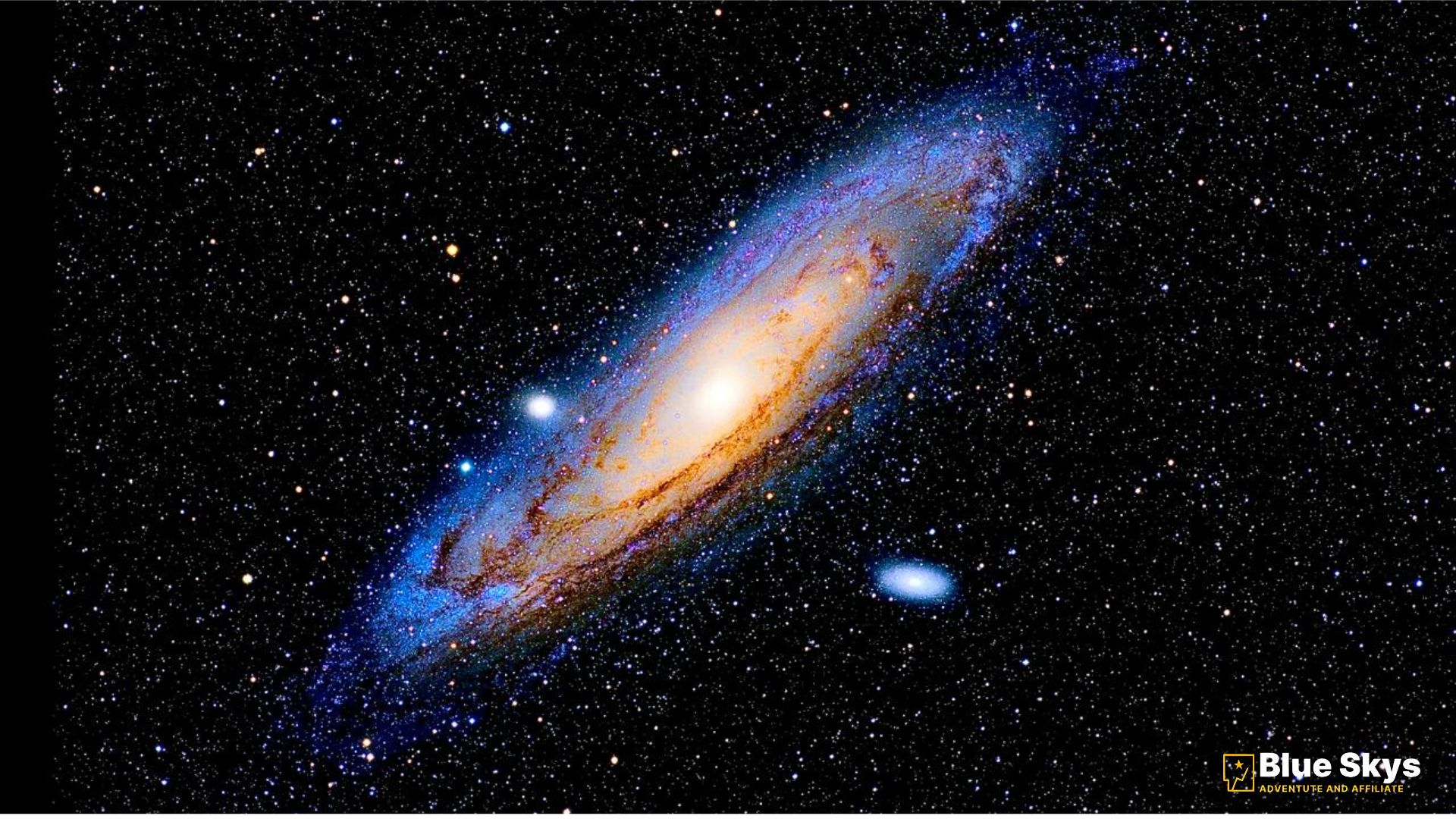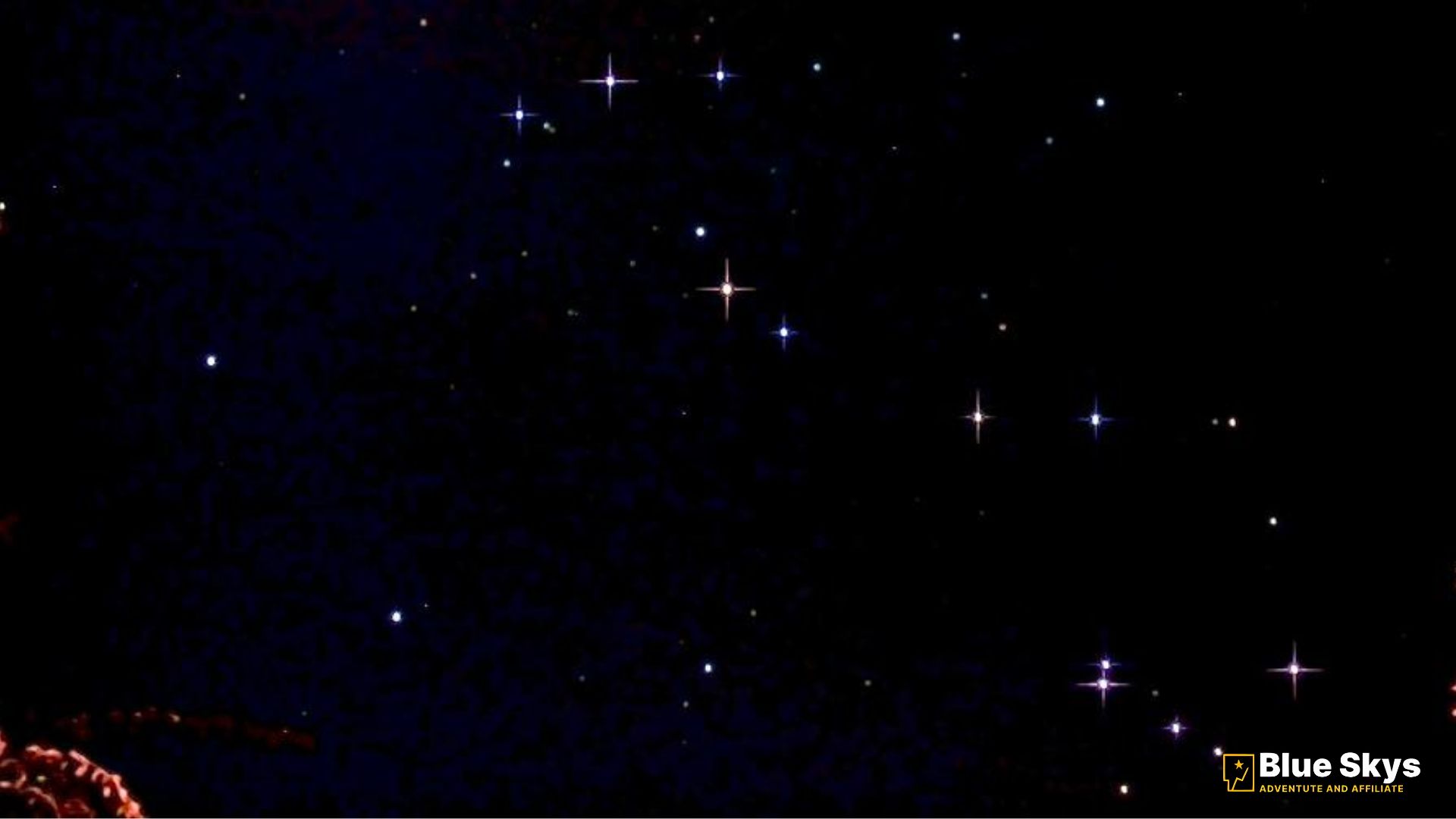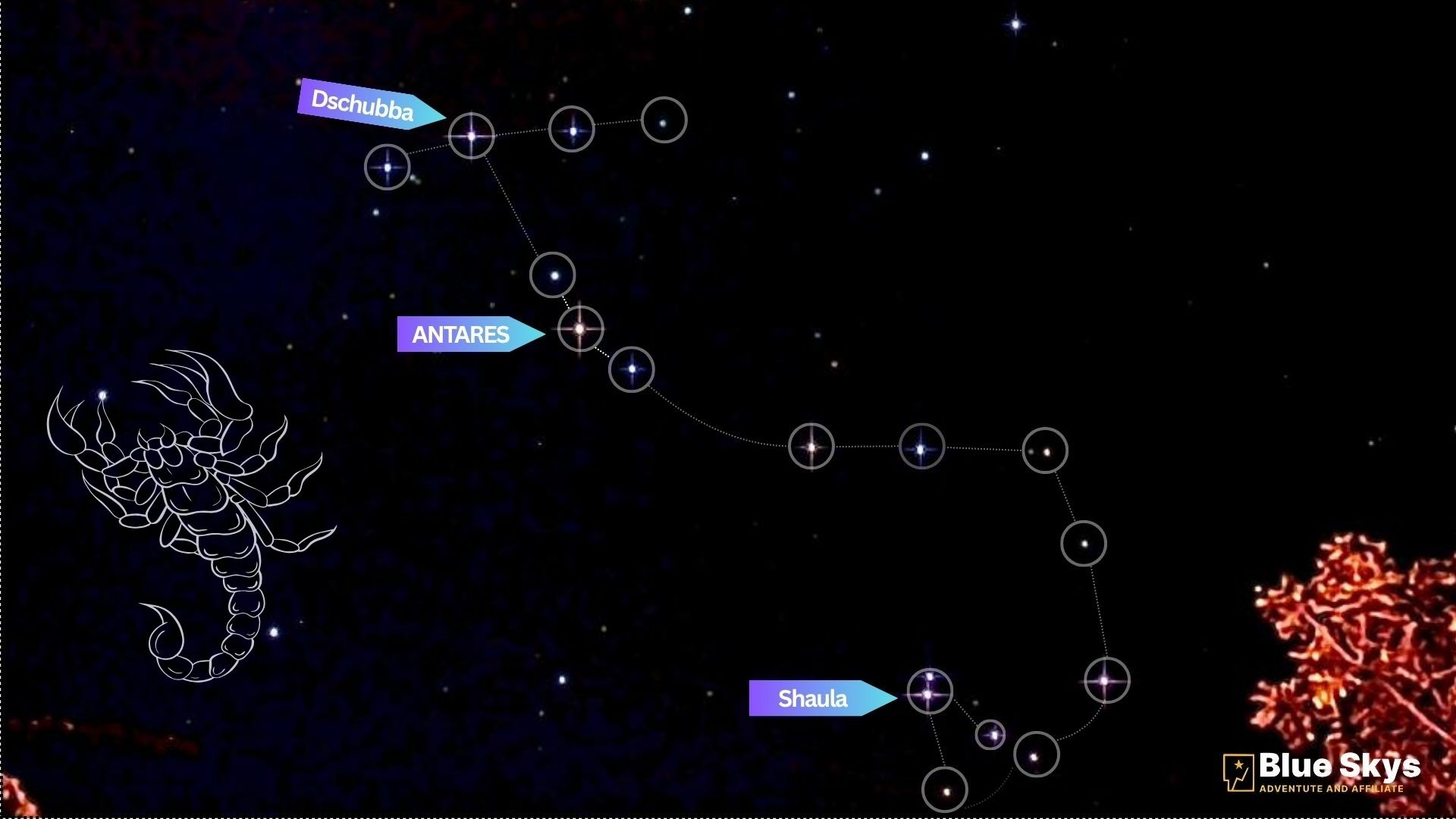Imagine laying in an open field under a starry sky, with constellations sparkling like diamonds. Stargazing is more than a hobby; it’s a profound way to connect with the universe. Whether you’re a seasoned astronomer or a beginner, dark sky destinations offer the perfect setting for an unforgettable adventure. As we move into 2025, these top 10 dark sky destinations in the USA provide clear skies, minimal light pollution, and incredible views of the Milky Way. Let’s explore these amazing locations where you can fully immerse yourself in the wonders of the night sky!
Remote locations/areas are ideal for stargazing; they should still be accessible to the public. Many dark sky parks and reserves offer safe access for stargazing adventures.
1. Grand Canyon National Park, Arizona
The Grand Canyon is famous for its awe-inspiring views by day, but its night sky is equally spectacular. Designated as a Dark Sky Park, it offers one of the clearest views of the stars in the USA. The North Rim and South Rim both provide excellent stargazing spots, and the Grand Canyon Star Party, held annually in June, draws stargazing enthusiasts from around the world.
Best for: Seeing the Milky Way and constellations like Orion and the Big Dipper.

2. Bryce Canyon National Park, Utah
Known for its unique hoodoos (tall, thin spires of rock), Bryce Canyon is not just a geological wonder—it’s also one of the best places in the USA for stargazing. As a designated International Dark Sky Park, Bryce Canyon offers uninterrupted views of the night sky. The park regularly hosts stargazing programs, offering telescopes and expert-led guides.
Best for: A wide range of celestial objects, including the Andromeda Galaxy and planets.
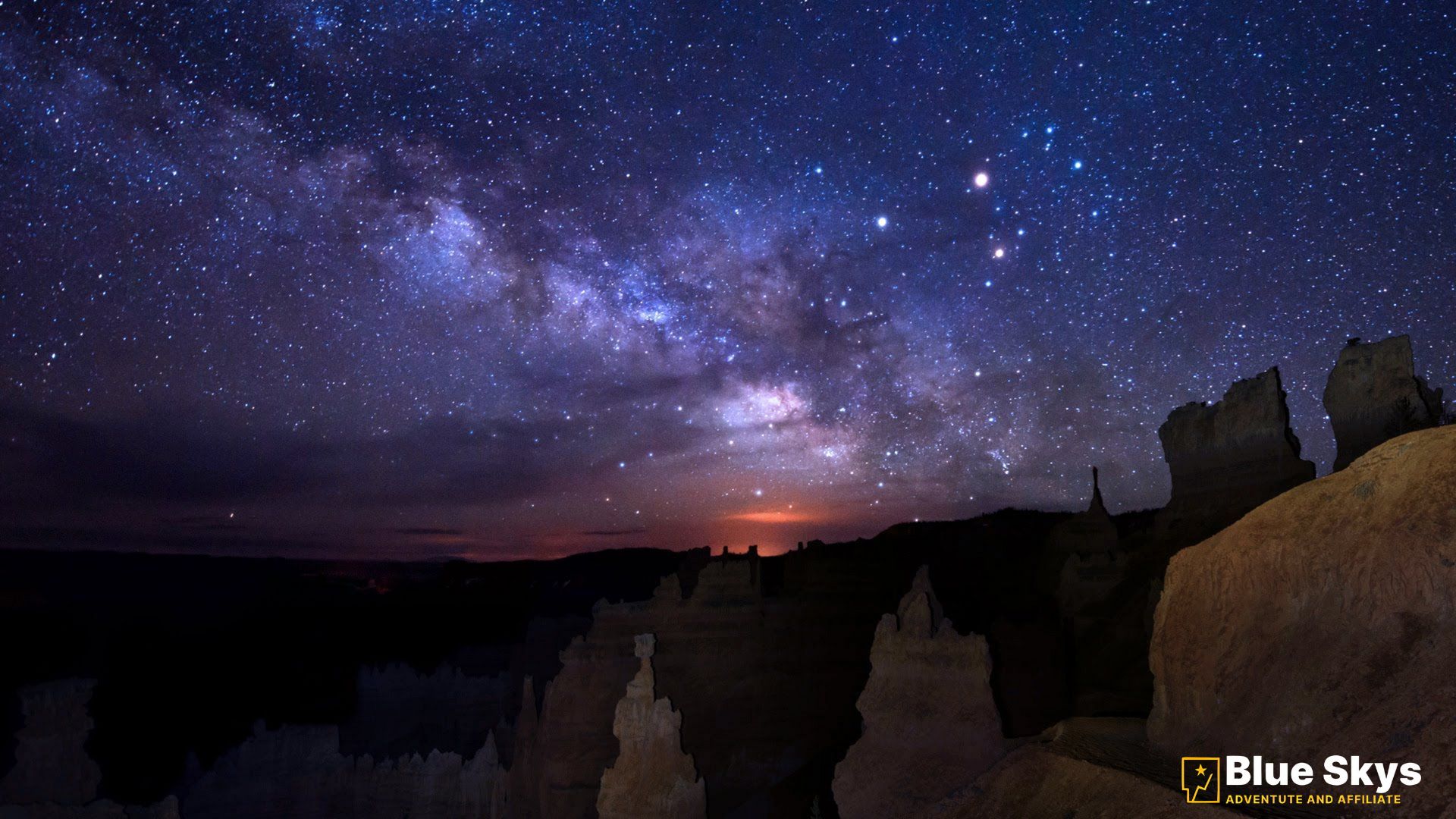
3. Death Valley National Park, California/Nevada
Death Valley is one of the darkest places in the United States, with minimal to no light pollution. It is not only designated Dark Sky Park But also offers a pristine stargazing experience. It contains a high desert climate area, which serves clear skies, and its low elevation makes it an excellent stargazing spot to observe the celestial views. It is best for Milky Way viewing, meteor showers, and star clusters. For more details you can visit blueskys.site

4. Joshua Tree National Park, California
Joshua Tree is a dark sky sanctuary offering stunning views of both the night sky and unique desert landscapes. The park is located in a remote area, and minimal light pollution makes it a prime destination for stargazing. It’s also home to a variety of nighttime programs to help visitors learn about the stars and planets.
Best for: Viewing star clusters, meteor showers, and planetary alignments.
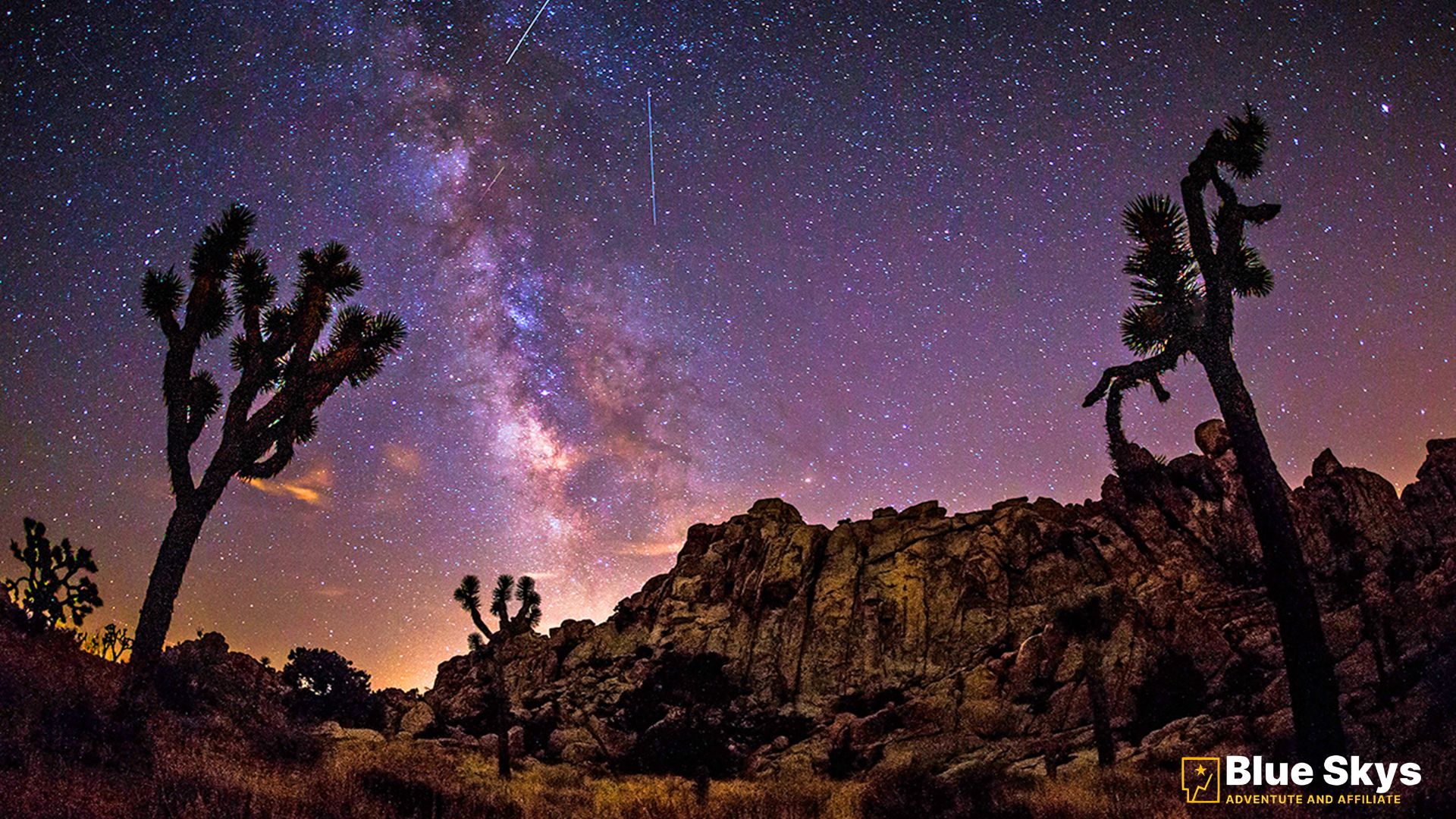
5. Acadia National Park, Maine
Acadia National Park offers a unique stargazing experience on the East Coast. The park is designated as a Dark Sky Park and is one of the few places in the Northeast where you can view the Milky Way. Visitors can take advantage of hiking trails that lead to high points with great views of the sky.
Best for: Stargazing in a coastal environment with views of the Milky Way.
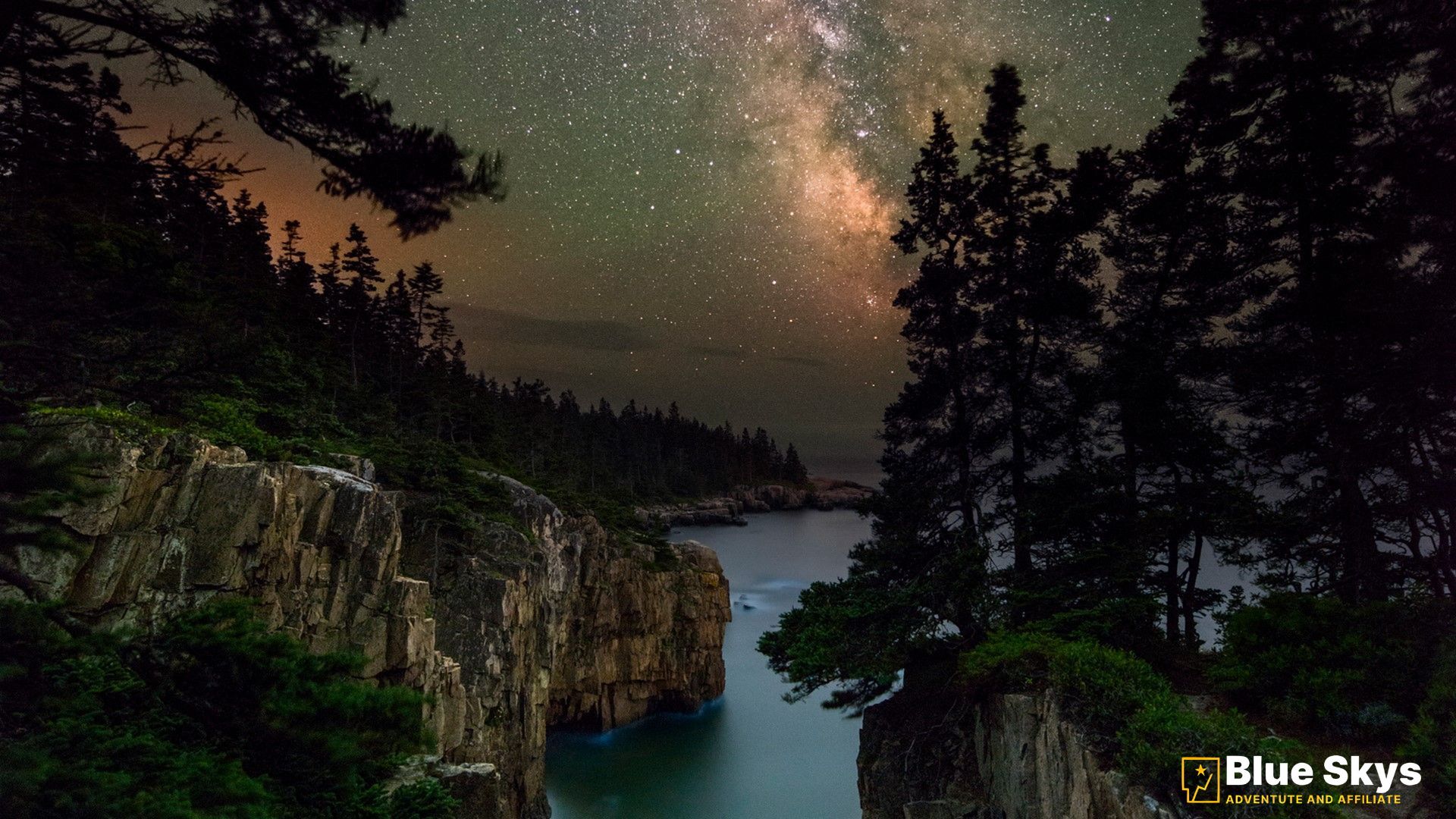
6. Big Bend National Park, Texas
Big Bend is a remote and rugged park in Texas that offers some of the clearest skies in the USA. Designated as a Dark Sky Park, the park is renowned for its stargazing programs, which provide an opportunity to observe celestial objects through telescopes and guided tours. The Chisos Mountains provide an excellent vantage point.
Best for: Seeing deep sky objects like nebulae and galaxies and the Milky Way.

7. Island in the Sky, Canyonlands National Park, Utah
The Island in the Sky district of Canyonlands National Park offers breathtaking views of both the landscape and the sky. With its high elevation and low light pollution, this area is perfect for stargazing. The ranger-led astronomy programs are especially popular during the summer months.
Best for: Viewing planets, constellations, and the Milky Way.

8. Rocky Mountain National Park, Colorado
The Rocky Mountains are famous for their towering peaks, and the park offers some of the best stargazing in the Rocky Mountain region. The park’s dark skies and high elevation provide a perfect setting for observing celestial objects. The park also offers ranger-led programs to help visitors learn about astronomy.
Best for: Viewing star clusters, nebulae, and distant galaxies.

9. Cherry Springs State Park, Pennsylvania
Located in the Allegheny Mountains, Cherry Springs State Park is a designated International Dark Sky Park, offering one of the best stargazing experiences in the Northeast. The park is renowned for its crystal-clear skies and minimal light pollution, making it an ideal location for astrophotography.
Best for: Viewing the Milky Way, planets, and star clusters.

10. Lassen Volcanic National Park, California
Lassen Volcanic National Park is known for its unique volcanic landscapes, but also an excellent option for stargazing. The park is far removed from the light pollution of nearby cities, and its elevation offers stunning views of the night sky. The park provides stargazing programs for visitors to learn more about the stars and planets.
Best for: Stargazing and visit unique volcanic landscapes under the stars.

Conclusion
Get ready for an exhilarating adventure in 2025, stargazing enthusiasts! This is your chance to explore some of the most breathtaking dark sky destinations across the USA. Imagine standing beneath the vast expanse of the night sky at the Grand Canyon, Death Valley, or Joshua Tree – each location bursting with its unique wonders for stargazers. Picture the stunning Milky Way stretching overhead and the thrill of catching dazzling meteor showers. So grab your telescope, pack your gear, and embark on a cosmic journey to witness the enchanting magic of the universe unfold right before your eyes! For more tips on planning your stargazing adventure, check out DarkSky International for resources on preserving dark skies and finding certified dark sky locations.
